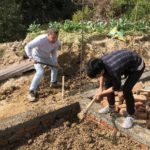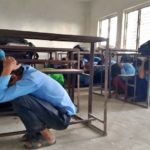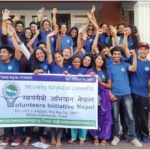Disaster Risk Reduction Program
After the devastating earthquake of 2015, the entire nation was left in irreparable grief, sorrow and deep scars in the economy and infrastructure. Realizing this fact, VIN held up and initiated disaster relief & recovery project to support the earthquake victim providing emergency relief in Nuwakot, Okhaldhunga and Kathmandu districts.
Disaster Risk Reduction Program
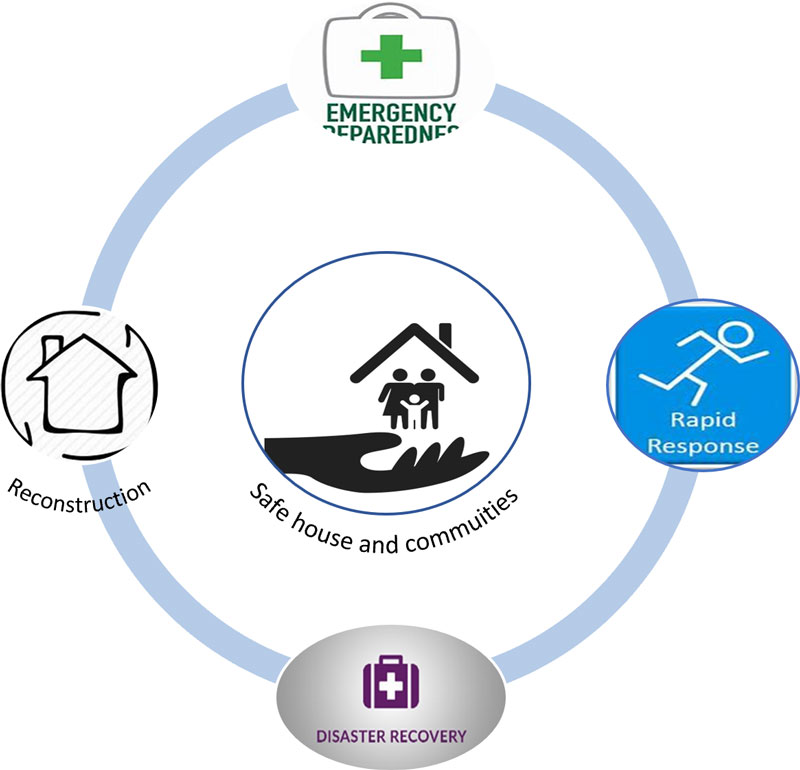

We envision safe communities by minimizing the risks of natural disaster and providing relief and safety to vulnerable communities:
DRM comprises of disaster preparedness, rapid response, disaster recovery and reconstruction.
OUR
Reach out and achievements:
People benefited by DRR Program
Reconstruction
Disaster Preparedness
Rehabilitation
Rapid Response
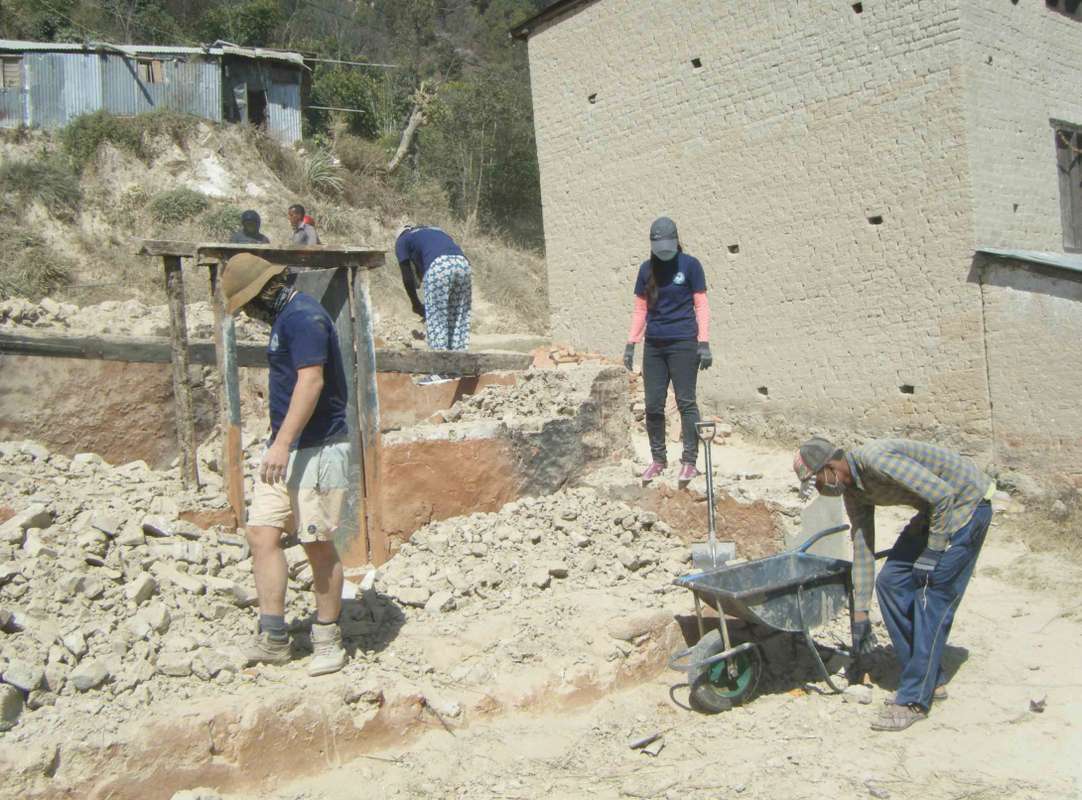
Current Situation
- 1 disaster and 2 deaths per day in Nepal.
- Nepal ranks 30th in terms of flood hazards.
- Till today hilly region of Nepal is receiving frequent aftershocks.
Nepal is a hub for calamities and disasters. Most common and frequent natural disasters in Nepal are flood, landslide, earthquake, windstorms, forest fire, thunderbolt, cold waves, drought and avalanche. Apart from this Nepal also suffers from several human induced disasters like fire, soil erosions, epidemics and more. Unplanned settlement, environmental degradation and low level of adherence to construction codes have further jeopardised the people. More people in Nepal are killed by calamities compared to any other country in South Asia.
Loss of life and property place people at a high risk of physical, mental and emotional damage. Hence, it is essential to aware people beforehand so that they are mindful about the consequence a disaster brings. A disaster cannot be prevented, but we sure can control its effect over ourselves and others.
Goal
To minimize the risk of natural disaster and provide relief and safety to vulnerable communities. By 2030, VIN aims to educate at least 80% people in affected areas on Disaster Risk Reduction, Response, Mitigation and Preparedness. Disaster Risk Reduction Program focuses its projects under four very important SDGs:
Goal 1: No Poverty
Goal 2: Zero Hunger
Goal 3: Good Health and Well Being
Goal 11: Sustainable Cities and Communities
Description
After the devastating earthquake of 2015, the entire nation was left in irreparable grief, sorrow and deep scars in the economy and infrastructure. Realizing this fact, VIN held up and initiated disaster relief & recovery project to support the earthquake victim providing emergency relief in Nuwakot, Okhaldhunga and Kathmandu districts.
Thereafter, Earthquake Disaster Response & Relief program was developed into three project phases; Rapid rescue and Response as early, Rehabilitation as medium and Reconstruction & Sustainability as long term project intervention, addressing the four major disaster management phases:
- Mitigation– Preventing and minimizing the effects of disaster
- Preparedness– Planning how to respond
- Rapid Response– Minimize the hazards created by a disaster, rescue and emergency relief
- Recovery– Returning to normal stage through short term and long term rehabilitation and reconstruction initiatives
Achievements as of 2020:
A total of 26,214 individuals benefited through Disaster Risk Reduction (DRR) Program.
- Disaster Preparedness training such as first-aid was given to 3,166 individuals focusing on children, community people and earthquake victims.
- Rapid response activity aided 7,463 victims. Earthquake victims were provided with basic amenities like food, clothes and temporary shelters. Children camps and health camps were also conduct to reduce anxiety among the people.
- 15,836 people were assisted through Reconstruction project. Public buildings like Women business centres and early childhood development centres were constructed along with individual houses for those in need.
- Rehabilitation Support was rendered to 6,100 victims via construction of transitional homes, classrooms, toilets etc.
Research/Reports
To know more about Disaster Risk Reduction in Nepal, please go through the following reports:
Nepal: A brief country profile on Disaster Risk Reduction and Management – Beda Nidhi Khanal
Disaster Risk Reduction in Nepal – United Nations Office for Disaster Risk Reduction

